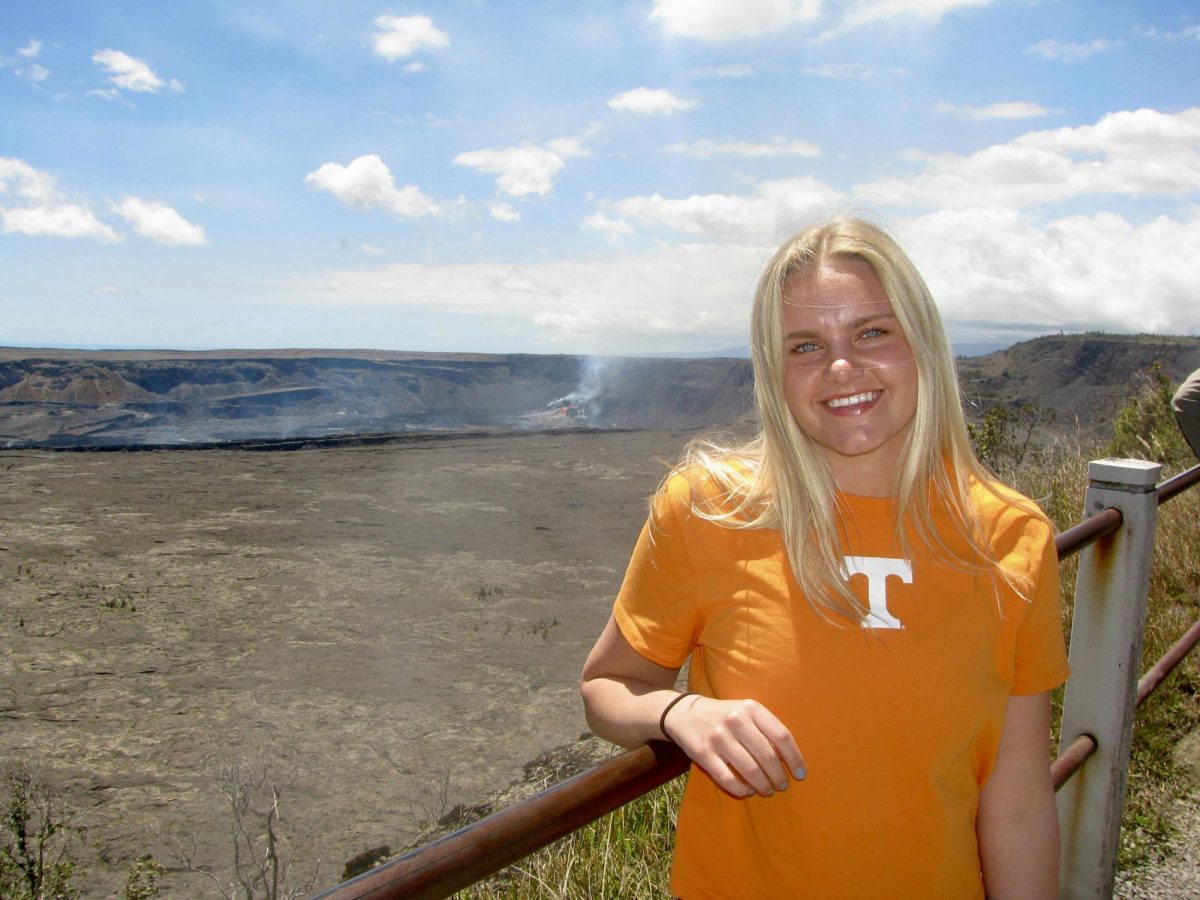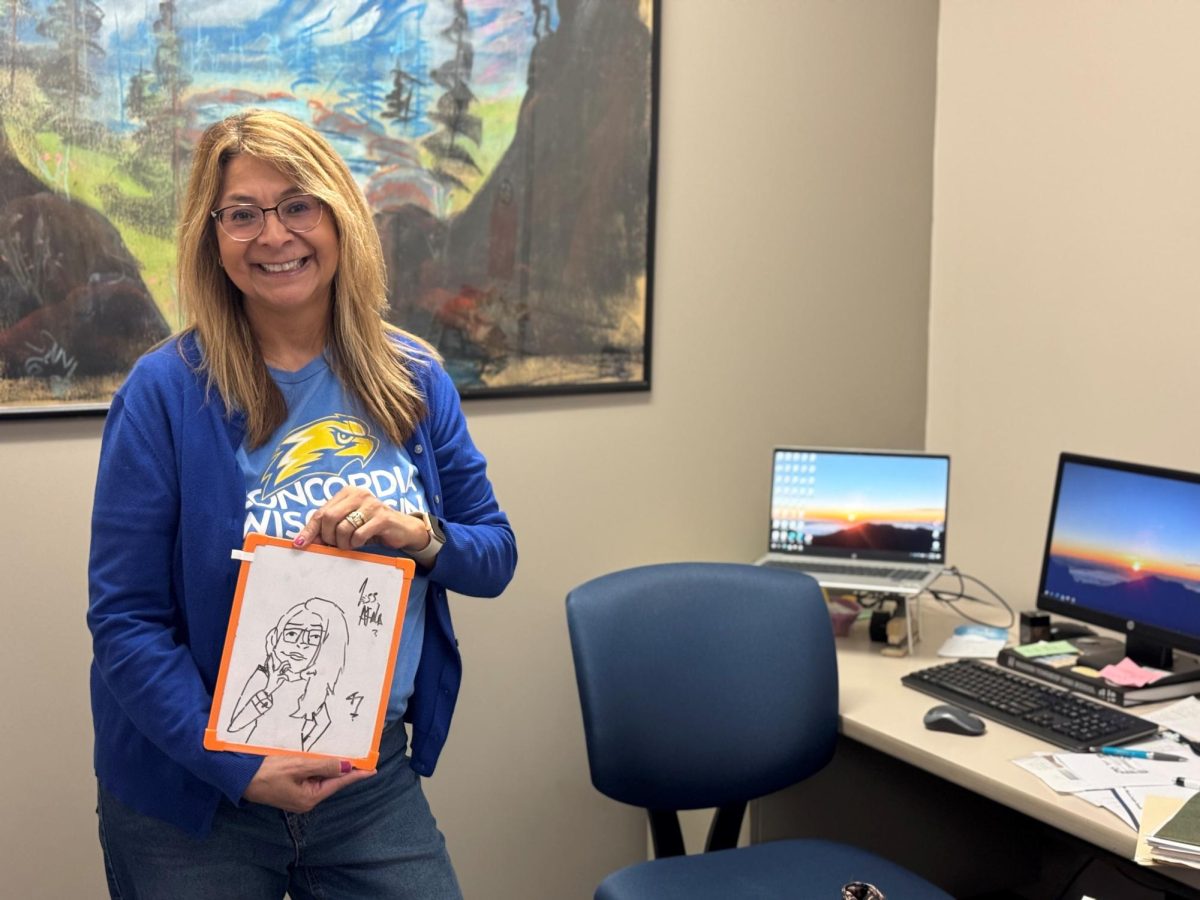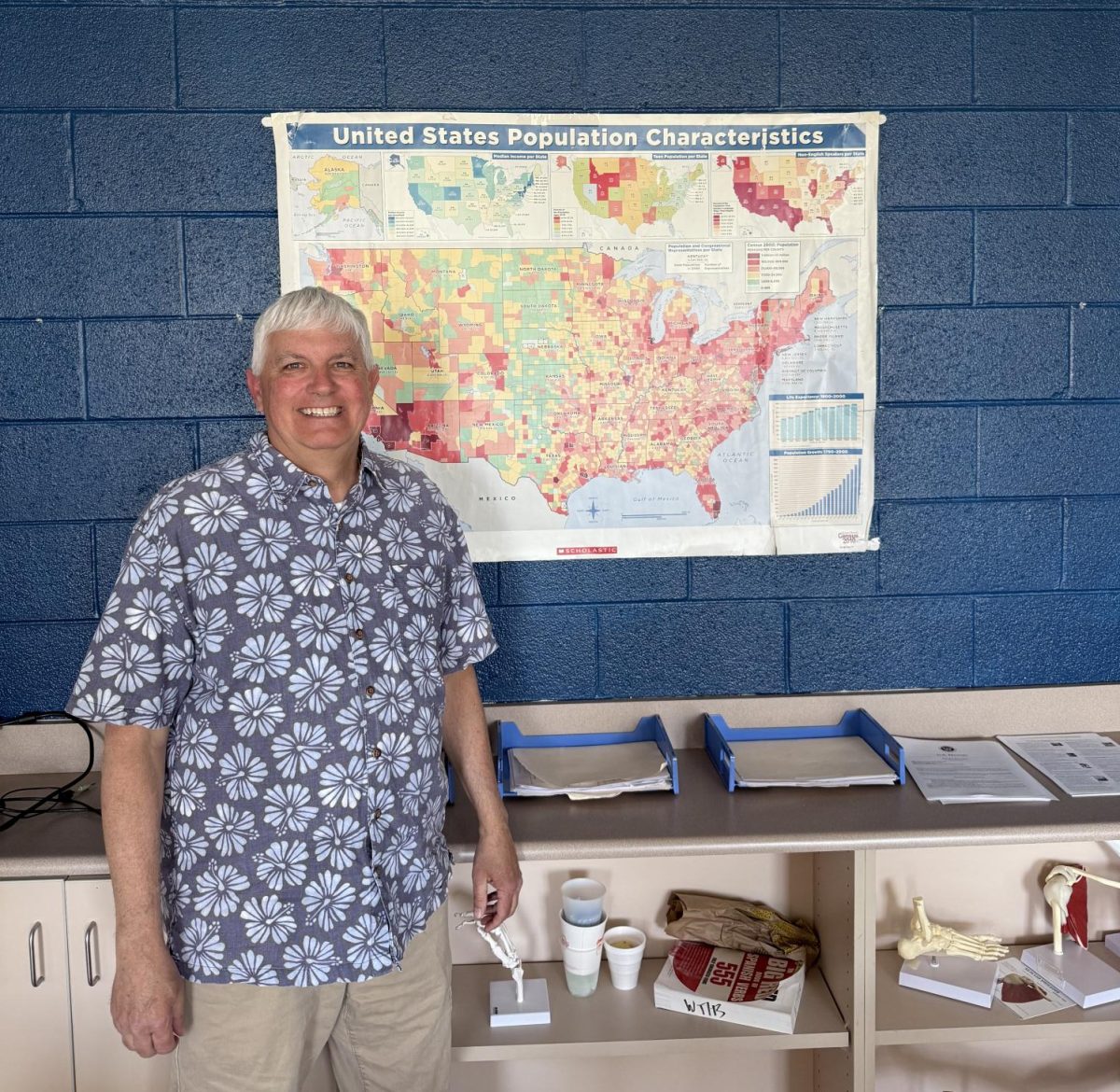Educating Voters

November 27, 2018
On November 6, 2018, an estimated 113 million Americans turned out for the midterm election, a startling increase from past years (Vesoulis).
The driving force for this change? The record number of 18-24-year-old voters that made it out to the polls. This was unexpected considering the inclement weather, and, accordingly, Harvard states the weather has a minimal effect if the voters have enough motivation to vote (Higgins).
For the high school students of Warren, our education prompts us to express our opinions. Chemistry II and AP Chemistry teacher, Lindsay Consdorf, an active promoter of voting amongst students, believes “teachers should encourage students to vote. Voting is part of being an adult and being a good citizen [, and research] says that the younger that someone starts voting, the more likely they are to continue voting for the rest of their lives.”
Other teachers are overjoyed to join the effort but with differing reasoning. Valentina Rodino, an AP US History teacher here at Warren states that “so many before us have devoted their lives to obtaining this opportunity. The young voter is, as cliché as it might sound, the future of America. This group of young people is extremely diverse, more accurately representing the population of the nation, with the power to sway elections. One look at the closeness of so many midterm races proves how individual voices matter.”
Whether an effort to promote citizenship or set a prosperous future for America, one fact is undeniable, it worked. Vox’s Emily Stewart cites that 49.3% of the voting population came out to the polls for this midterm, the highest in 114 years. Both of our teachers voice surprise and enthusiasm for these promising numbers, but Consdorf still shows concern. “Turnout was higher than for past midterm elections, which is good, but it’s still really low…. I think it’s sad that so many people choose not to vote…. Young people have a different set of policy concerns than older people, so in order for those concerns to be addressed, politicians need to know that young people will vote them in or out of office.”
Multiple teachers and staff members at Warren aim to target these concerns by continuing to support voter turnout. It can be expected that teachers and staff members will continue to proudly wear their voting stickers, remind students of registration, set up voter registration stations, and encourage students to educate themselves on the current politics of the nation.
What do the students think of all these efforts? Cade Kelly, a senior who voted in this past election, believes in the teachers’ efforts, emphasizing “I consider voting a civil privilege given to us by the government, so why not promote it?” On the impact of teachers on students’ efficacy, Cade says “it’s better [to] use your vote as your voice, so I think it’s very important for kids who are able, to vote in elections.” Staff enthusiasm for voting drives kids into poll booths. Slowly we see the responsibility for the well being of the nation fall into the hands of America’s youth.
Think voting is worth your while? Sign up here!
Resources:
Higgins, Tucker. “It’s Going to Be Raining All Day on the East Coast . . .” CNBC, CNBC, 6 Nov. 2018, www.cnbc.com/2018/11/06/election-day-rain-could-dampen-voter-turnout-for-midterms.html.
Stewart, Emily. “2018’s Record-Setting Voter Turnout, in One Chart.” Vox.com, Vox Media, 19 Nov. 2018, www.vox.com/policy-and-politics/2018/11/19/18103110/2018-midterm-elections-turnout.
Vesoulis, Abby. “The 2018 Elections Saw Record Midterm Turnout.” Time, Time, 13 Nov. 2018, time.com/5452258/midterm-elections-turnout/.








